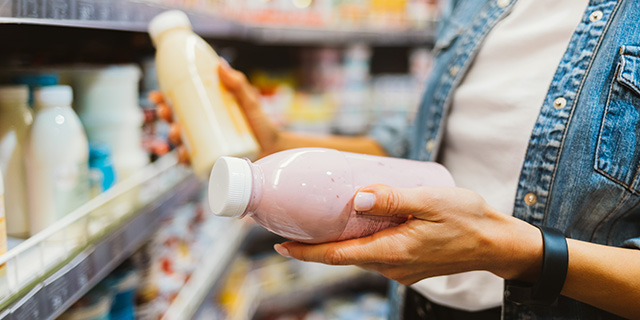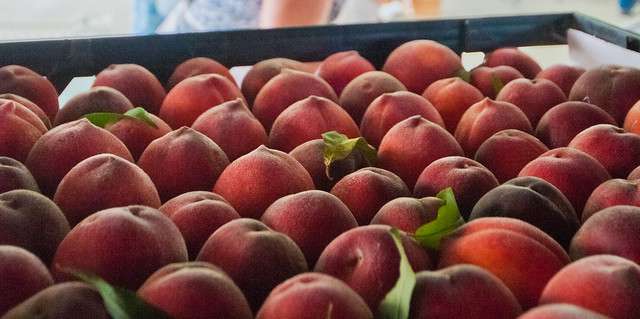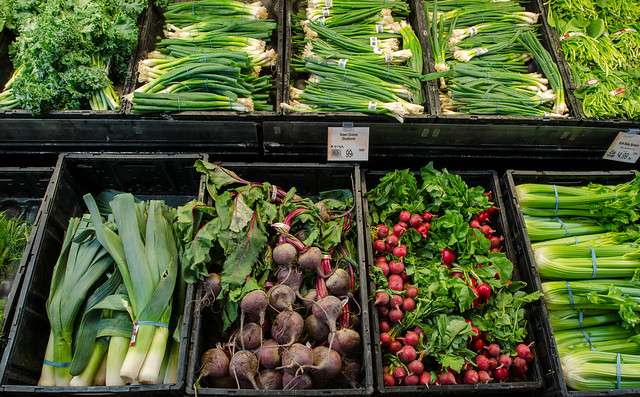
Color is the first standard that most consumers rely on when it comes to the quality of their food products. Image Source: Flickr user U.S. Department of Agriculture
How do you measure the quality of food products? For many items, food quality can be measured on various levels using different parameters for the collection of data. Color, texture, taste, and smell are all human perceptions that give us both instant and specific information about the quality and state of our food products, but measuring color quality in food goes far beyond what the human eye perceives.



